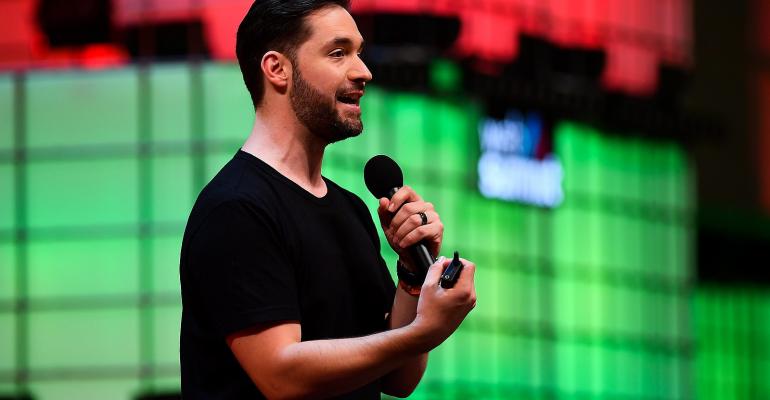From NFTs to interactions within the metaverse, we’ve spoken a lot about the Web3 innovations that have the potential to ignite the future of brand marketing and change the way we communicate online. But will this technology have lasting impact? Alexis Ohanian — Reddit cofounder, founder of venture capital firm Seven Seven Six and keynote speaker at the National Restaurant Association Show — does not want to assume that the promised metaverse of VR interactions with brands and communities will be the primary way the internet will evolve.
“If you explore a virtual mall within the metaverse, is that really 10 times better than scrolling through Amazon on your phone?” Ohanian said in a keynote talk on Saturday at the National Restaurant Association Show.
While we assume that customers want more digital interaction and that the next best step is virtual reality experiences, what really is the tangible difference between “walking” the halls of a virtual food hall and browsing on your phone?
According to Ohanian, the Internet is evolving, but not every aspect of it will have a lasting impact, just like AOL was a huge part of how we experienced the internet in the early days of browsing the web, but now is almost nearly obsolete.
“Web 1 is read, Web 2 is read and write, and Web 3 is read, write and own,” Ohanian said, referring to the prevalence of NFTs within the newly emerged Web3. “We’re bringing the receipts to digital assets.”
Ohanian argues that in terms of the metaverse, we’re actually already living within it. Just by posting your outfit or your latest meal on Instagram, more people are seeing that outfit or dish digitally than will ever see it in person, so it’s created a digital community where that image lives.
The issue with the metaverse is that brands, especially restaurants, need to assess whether or not the virtual reality user experience is better than whatever exists today, and to avoid investing in digital technology for the sake of it. There is no point in getting involved in the metaverse if it’s not how consumers want to interact with brands.
“A lot of the pitches around this are just lazy reinterpretations of the physical world that aren't really better,” Ohanian said. “You have to make sure you’re bringing an experience to the table that’s 10 times better. For example, no one thinking, ‘oh gosh, it was so nice to be able to see your maps and where you’re going on Mapquest.”
As a result, Ohanian said, as exciting as the digital interactivity of Web3 can sound, he thinks it’s important for restaurants to continue to invest just as much in in-person experiences, and that the digital experience will just complement that, rather than replace it.
“As a person who enjoys eating out in person, I think the experience is going to be so much better,” Ohanian said. “The online experience will keep improving, but that means the stakes will also get higher and higher to make an online experience that’s worth visiting instead of just dining in person.”
Contact Joanna Fantozzi at [email protected]
Follow her on Twitter: @JoannaFantozzi




